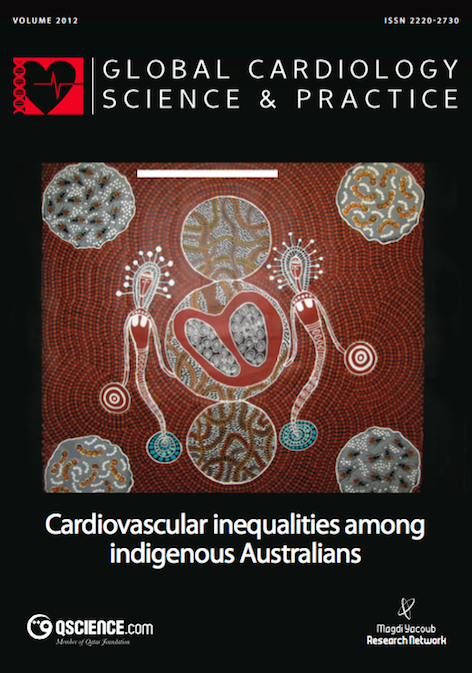Addressing cardiovascular inequalities among indigenous Australians
Abstract
[first paragraph of article]
Growing international interest has focused attention on the need to overcome health disadvantage experienced by the world’s more than 370 million indigenous peoples. Despite heterogeneity in history, culture, geography, sociopolitical context and in the relationships between indigenous people and their nation states, the existence of health and social disadvantage when compared to other populations within their countries remains almost ubiquitous.
Within Australia, the health and welfare of Aboriginal and Torres Strait Islander people (hereto referred to as ‘indigenous Australians’—see Figs. 1–2) remains our nation’s most obvious and enduring social and health divide. Across virtually all social and health indicators, indigenous Australians live within poorer social environments and experience profoundly worse outcomes than non-indigenous Australians. Despite representing only 2.5 per cent of the Australians population, indigenous Australians are overrepresented in the most disadvantaged strata of Australian society. Indigenous children experience higher rates of mortality and morbidity, are more likely to be separated from their families, live in overcrowded housing and impoverished circumstances, and experience significantly worse educational outcomes than their non-indigenous counterparts.
Downloads
Published
Issue
Section
License
This is an open access article distributed under the terms of the Creative Commons Attribution license CC BY 4.0, which permits unrestricted use, distribution and reproduction in any medium, provided the original work is properly cited.


